The tire pressure monitoring system’s (TPMS) primary function is to make the driver aware of the state of tire pressure within the tires. Under normal system operations, the TPMS system will alert the driver when one or more affected tires PSI reading falls below 25% of the vehicle’s placard. When the tire sensor indicates “low tire pressure,” it sends a radio frequency (RF) signal of 315 or 433 MHz to the ECU on the vehicle that determines if the pressure is below the threshold, which then will indicate a TPMS symbol or position-specific display, depending on the vehicle.
Direct vs. Indirect TPMS Systems
There are two types of TPMS systems: direct TPMS and indirect TPMS. Direct TPMS systems use TPMS sensors inside the wheel to accurately report pressure data to the vehicle’s ECU in real time. Direct systems include Asian, domestic and European vehicles. An indirect TPMS system uses an ABS system to monitor the speed of the wheel in order to approximate tire pressure.
Indirect systems include Asian and some European vehicles.
What the Dashboard Light Indicates
The TPMS warning light will illuminate when a tire is low, and should eventually go out after a tire has been inflated to its recommended pressure according to the vehicle’s door placard. After starting a vehicle, a TPMS icon will turn on for a few seconds; however, if it stays on, it indicates that one or more of the tires on the vehicle are at least 25% below the recommended pressure. If the light flashes for approximately one to two minutes, it indicates there is a malfunction in the TPMS system.
There are numerous situations that can cause a TPMS warning light to come on or flash. Some TPMS problems include:
• Sensor batteries may be dead;
• Valve itself may have physical damage, corrosion or missing components;
• The TPMS system voltage supply, wiring or internal electronics may not be functioning properly;
• The tires were serviced or rotated and the relearn procedure was not properly performed.
It is important check the TPMS system before working on a customer’s vehicle. Using a TPMS diagnostic tool, select the vehicle’s make, model and year manually – or for faster service, scan the vehicle’s VIN barcode located on the placard on the vehicle doorjamb to read the sensor information.
Steps to Reset TPMS Systems
The proper steps to reset a TPMS system for vehicles with direct TPMS:
• Use a TPMS diagnostic tool to trigger and read sensor information before working on the vehicle.
• Perform the appropriate service to the vehicle’s wheels (air pressure adjustment, tire rotation, replace sensors, etc.).
• After the service work has been performed, use a TPMS diagnostic tool to perform the correct relearn procedure to reset the TPMS system.
When resetting a TPMS system for a vehicle with indirect TPMS, perform the correct initialization procedure. This may require a TPMS diagnostic tool to find the steps involved to reset the system.
Replacing TPMS Sensors
Vehicles with direct-type TPMS systems are equipped with TPMS sensors. If a TPMS sensor is not working, it must be replaced before a relearn procedure can be performed. The damaged TPMS sensor can be replaced with an OE sensor or an aftermarket sensor. There are different types of aftermarket TPMS sensors including universal, configurable and programmable sensors. OE sensors, universal and configurable sensors have new sensor IDs already encoded within the sensor and need to be activated by using a TPMS diagnostic tool. Programmable TPMS sensors require a TPMS diagnostic tool to create new sensor IDs or transfer sensor IDs from the old sensor.
Relearn Procedures
When service has been performed to the vehicle’s direct TPMS system, such as air pressure adjustment, tire rotation or replacement of sensors, vehicles require a TPMS system relearn to be performed. A relearn allows the vehicle’s ECU to see the ID’s of each sensor in each wheel. Completing the relearn procedure clears TPMS diagnostic fault codes and allows the vehicle’s TPMS system to function properly.
Completing the relearn procedure clears TPMS diagnostic fault codes and allows the vehicle’s TPMS system to function properly.
Relearn procedures vary by manufacturer so a technician must know which proper relearn procedure is necessary to put the vehicle in learn mode. The three types of relearn procedures are: auto relearn; stationary, and OBD. Furthermore, some vehicles may use a combination of two or more relearn types. Indirect TPMS systems use an initialization procedure, which may require a TPMS tool to figure out the steps involved to reset the system.
According to the AMRA, within the market of Asian, Domestic and European vehicles equipped with direct TPMS systems, TPMS relearn procedures break out as follows: 38% of vehicles use auto relearn; 27% use OBD, and 35% use stationary.
Auto Relearn Procedure
An auto relearn procedure is when a vehicle has the ability to learn single or multiple TPMS sensor IDs without the need of performing the relearn procedure with a TPMS tool.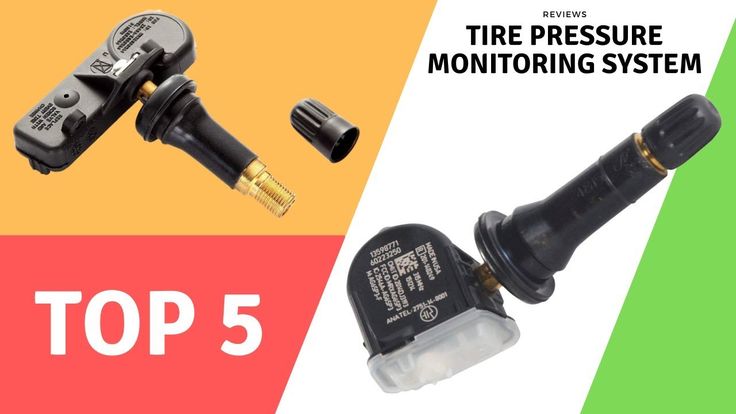 Furthermore, a technician can adjust the inflation pressure, rotate or replace sensors and the TPMS system will reset itself after the vehicle has been driven for a period of time. However, before servicing the tires/wheels, it is always recommended to use a TPMS tool to trigger each of the vehicle’s sensors to make sure they are working properly.
Furthermore, a technician can adjust the inflation pressure, rotate or replace sensors and the TPMS system will reset itself after the vehicle has been driven for a period of time. However, before servicing the tires/wheels, it is always recommended to use a TPMS tool to trigger each of the vehicle’s sensors to make sure they are working properly.
For example, a 2008 Dodge Charger requires the following auto relearn procedure:
• Inflate all tires
• Drive for 20 minutes
Stationary Relearn Procedure
A stationary relearn (sometimes called manual) procedure allows new TPMS sensor IDs to be transferred to the vehicle’s ECU without driving a vehicle. This type of relearn procedure requires a TPMS activation tool to trigger the sensors when the vehicle is in learn mode either by using a TPMS diagnostic tool or a diagnostic scan tool. The vehicle then uses a radio frequency (RF) signal to communicate with the vehicle’s ECU to establish which sensor is in which specific location.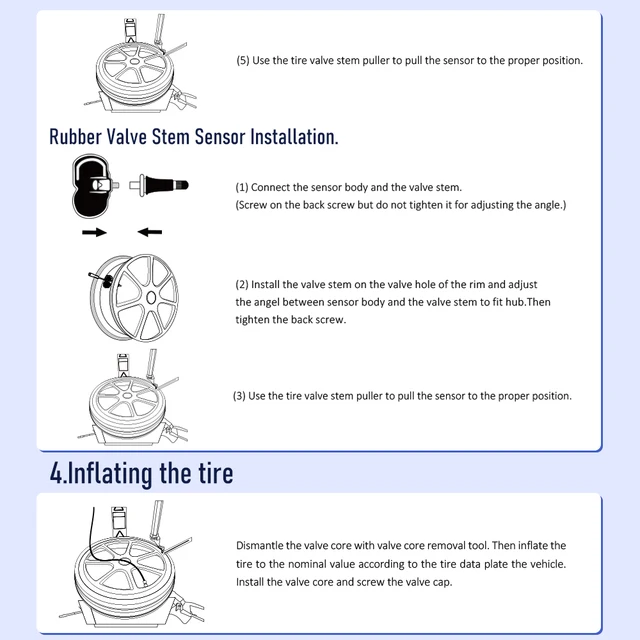
For example, a 2014 Ford Escape with standard ignition requires the following stationary relearn procedure:
• Inflate all tires
• Turn ignition off
• Press and release brake pedal
• Cycle ignition from “off” to “run” three times ending in “run”
• Press and release brake pedal
• Turn ignition off
• Cycle ignition from “off” to “run” three times ending in “run”
• Horn sounds twice
• Use tool to activate left front sensor
• Single horn will sound
Repeat for right front sensor, right rear sensor, left rear sensor
OBDII Relearn Procedure
An OBDII relearn procedure requires a TPMS diagnostic tool to transfer new sensor IDs directly to the vehicle’s ECU. The user will need to trigger each TPMS sensor, connect to the vehicle’s OBD port, then follow the step-by-step instructions on the tool. The new TPMS sensor IDs are then transferred to the vehicle. Most Asian and specialty European vehicles require OBD relearn.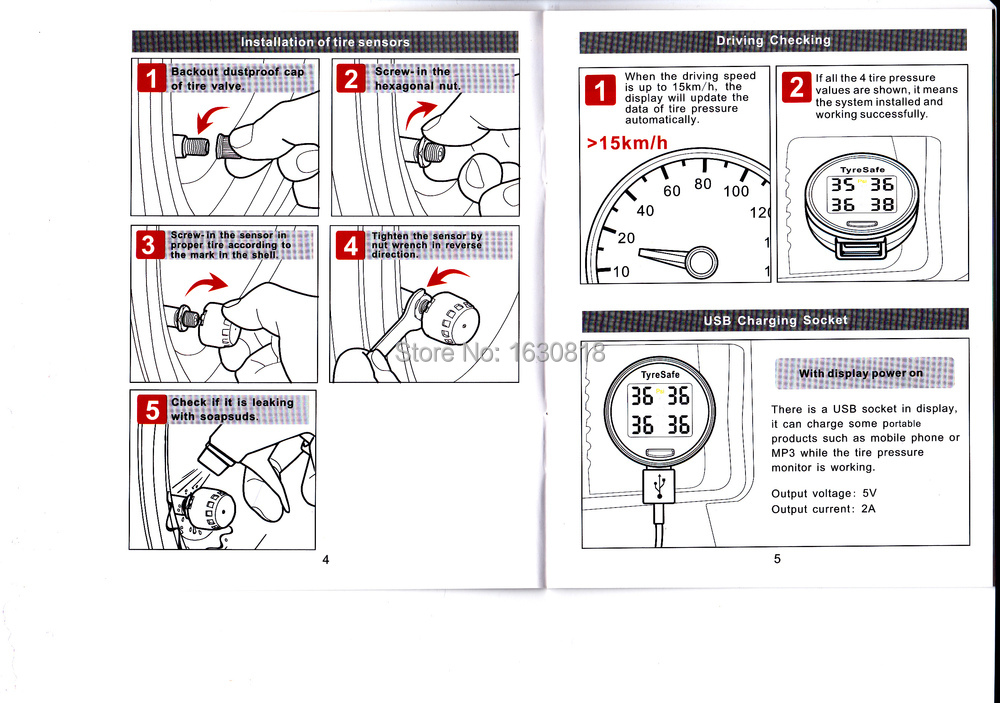
For example, a 2011 Toyota Camry requires the following OBDII relearn procedure:
• Inflate all tires
• Read all sensor IDs using TPMS diagnostic tool
• Connect tool to OBDII port
• Reset ECU with tool
• Turn ignition OFF, then ON
• Drive at 12 mph for up to 5 minutes
The Importance of OBD Relearn
Manual and stationary relearn systems can sometimes take several steps to relearn the TPMS system. TPMS diagnostic tools have the step-by-step instructions for auto, stationary and OBD relearn; however, the steps involved can be long and complicated. OBD relearn procedures are becoming standard in a shop environment for many reasons. First and foremost, it is the easier to work with since the same procedure can be performed no matter the vehicle type. Secondly, OBD relearn saves time and confusion for the technician since there are fewer steps to perform.
According to the Automotive Maintenance & Repair Association (AMRA), 62% of vehicles require a TPMS diagnostic tool and 27% require OBD functionality. It is important to have a reliable TPMS diagnostic tool with excellent OBD coverage to keep up with the growing industry of TPMS. TR
It is important to have a reliable TPMS diagnostic tool with excellent OBD coverage to keep up with the growing industry of TPMS. TR
Sheila Stevens is with ATEQ TPMS, LC, a global manufacturer of TPMS diagnostic tools and solutions. For more information on ATEQ’s line of TPMS tools and solutions, as well as additional information on TPMS, visit www.ateq-tpms.com.
Each one of your tires has a sensor. If you sense that one of them is failing, you have to know how to tell which TPMS sensor is bad. You can usually tell which one by doing a lot of trial and error such as air filling and releasing. You can also use a digital pressure gauge and a much simpler process is to have it checked in a tire store that has transmitter detectors.
Auto Repairs Are EXPENSIVE
The TPMS or the Tire Pressure Monitoring System is the one that monitors the tire pressure of your vehicle. The TPMS has a sensor installed in each tire and it is the one that supplies information to the system that alerts the driver if it has detected that you have an underinflated or sometimes, an overinflated tire. If the sensors get bad, it might send the wrong data to the system and it could cause issues. It is for this reason that it is important that you always have a good set of TPMS sensors on your tires. If one gets bad or faulty, you should know how to tell which TPMS sensor is bad.
The TPMS has a sensor installed in each tire and it is the one that supplies information to the system that alerts the driver if it has detected that you have an underinflated or sometimes, an overinflated tire. If the sensors get bad, it might send the wrong data to the system and it could cause issues. It is for this reason that it is important that you always have a good set of TPMS sensors on your tires. If one gets bad or faulty, you should know how to tell which TPMS sensor is bad.
How to Tell Which TPMS Sensor is Bad: What causes the TPMS sensor to go bad?
Your vehicle’s Tire Pressure Monitoring System has sensors that are small programmable electronic devices installed in each of your tires. These sensors constantly measure your tires’ air pressure and send the information to your car’s computer. If it has detected an underinflated or an overinflated tire it sets off an illuminating warning light to alert the driver. The TPMS sensors were and are being installed in many vehicles when the US made it mandatory in 2008.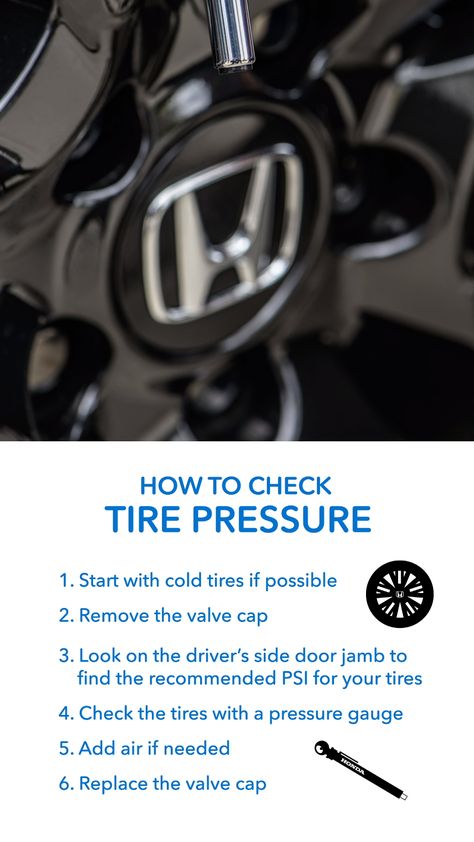
A tire pressure sensor is an essential part of the TPMS. Without it, the TPMS won’t be able to do its job. In fact, the leading cause of a faulty TPMS is a faulty sensor. So what causes the TPMS sensor to go bad?
Sensors have batteries that have a service life that ranges from five to seven years. The sensor battery’s service can vary depending on how frequent you use your vehicle. The more often you use it, the more the sensors get used and will drain its batteries faster. The conditions that you drive in can also contribute to the sensor’s life expectancy. Warmer temperatures put more strain on the TPMS sensor battery compared to colder temperatures. Driving on constant traffic with a lot of stop and go can also make a toll on your sensor batteries than driving on a highway with a constant speed.
Low or dead sensor batteries cause TPMS sensors to become faulty or will set off a malfunction warning from the system by means of a blinking TPMS light on your dashboard. You will have to change the batteries of the sensors to fix the problem.
You will have to change the batteries of the sensors to fix the problem.
A corrosion on or inside the valve stem of a TPMS sensor can cause it to fail, too. If this problem is not fixed immediately, it could result in a much bigger problem. It can cause your tire to suddenly go flat when the corrosion causes your valve stem to crack or to break off. This problem can only happen to sensors that have aluminum stems and not the ones with rubber stems. Dirt build ups and other foreign matter can also cause the sensors to become faulty.
If you just had a tire change, it is possible that it is the one that caused your TPMS sensor to go bad. It is a common occurrence and you can do some things to prevent it from happening again. When you are changing a tire, there is always a risk of damaging your TPMS sensor especially when you’re breaking the bead and removing an old tire using a tool like a pry bar. To make sure that you won’t damage your TPMS sensors everytime you change a tire, follow these simple tips.
To make sure that you won’t damage your TPMS sensors everytime you change a tire, follow these simple tips.
How to Tell Which TPMS Sensor is Bad: What are the symptoms of a faulty TPMS sensor?
If you think that you have a faulty sensor, you need to know how to tell which TPMS sensor is bad so you can fix it. But how will you know that you have a faulty TPMS sensor? There are some signs or symptoms you might come across as you use your car everyday that can tell you that you have a bad TPMS sensor. Here are some of the symptoms.
But how will you know that you have a faulty TPMS sensor? There are some signs or symptoms you might come across as you use your car everyday that can tell you that you have a bad TPMS sensor. Here are some of the symptoms.
If your car’s computer or ECU detects that there is something wrong with your TPMS sensor, it will set off the TPMS light. You might also get a Tire Pressure Sensor Fault message on your dashboard. It is recommended that you visit a service shop when you see the warning light. Have a mechanic inspect and check the reason for the illuminating TPMS warning light.
TPMS sensors alert the driver when tires are underinflated. If you find that you have tires with low air pressure and there was no alert from the system, it must be because of a bad TPMS sensor. You can check your tire pressure with a tire pressure gauge to confirm that you really have a low tire pressure.
Jerky steering occurs when your front tires have low air pressure. It will be difficult to steer the wheel straight and steady when you have soft, low air pressure front tires. This happens when you don’t get an alert that your tires are underinflated because of a faulty TPMS sensor.
If it happens that your tire is flat when you’re driving and you didn’t know because of a faulty TPMS sensor, it could cause your car’s fuel consumption to increase. This is because when you drive with a flat tire, the friction between the tires and the road increases and it will require a higher traction to move. To make up for the needed power, the engine will have to burn more fuel. For this reason, it is always a good habit to check your tires and the air pressure with or without an illuminating warning light.

TPMS sensors constantly monitor the tires’ air pressure. If they are faulty, they can supply incorrect information to the car’s computer. This can lead the car’s computer to send an alert that there is a problem when there’s not. The sensor might send a report that says your tire is flat, the system will alert you but when you check your tire, it’s fine and there’s nothing wrong with it. You could also find a flat tire and correct it but the alert says you still have a flat tire. It is a sign that you have a faulty sensor and you just have to know how to tell which TPMS sensor is bad to fix it.
Things like these happen and you should correct the problem as soon as possible so it won’t cause a much bigger problem. TPMS sensors should not be taken lightly since it can save you from having a blowout and other tire-related problems.
How to Tell Which TPMS Sensor is Bad: How do you know which TPMS sensor is faulty?
If you know for sure that you have a bad sensor, knowing how to tell which TPMS sensor is bad will come in handy to know which one needs repairing or replacing. There are several ways to spot a faulty TPMS sensor.
There are several ways to spot a faulty TPMS sensor.
Using a TPMS diagnostic tool or reader is an easy way to spot and identify TPMS sensor issues. It could detect a dead or drained battery, wiring problems, a weak voltage supply, and a lot more.
This process requires time and patience. You need to check all four tires, fill each one with the recommended air pressure then gently release air from the tire and check the car display panel. A tire that doesn’t send a message means that it has a defective sensor and it needs to be checked or replaced. Make sure you mark the wheel with the defective sensor and fill the other tires with the recommended air pressure.
You can also spot a faulty TPMS sensor by using a digital pressure gauge to measure all the tires’ air pressure. Make sure that you take note of the readings. Compare the readings of the pressure gauge to the ones indicated on the car display panel. A difference in reading of any sensor means that it is the faulty one.
Make sure that you take note of the readings. Compare the readings of the pressure gauge to the ones indicated on the car display panel. A difference in reading of any sensor means that it is the faulty one.
How to Tell Which TPMS Sensor is Bad: Can you replace just one TPMS sensor?
You probably know how to tell which TPMS sensor is bad now. If you happen to find that one of your TPMS sensors is bad, can you replace just one? Yes, you can. If one of the TPMS sensors appears to be faulty and will need a replacement, you can replace that one faulty sensor. But it is recommended that if you are going to replace one faulty TPMS sensor, you should replace the other ones as well. Doing so will save you a lot of time and effort.
If one of your TPMS sensors is faulty and has reached the end of its lifespan, the other sensors might be close behind too. That it is why it is highly recommended that you replace the other sensors too while you’re at it. The same can be said for the replacement of TPMS sensor batteries and the replacement of a corroded valve stem.
The same can be said for the replacement of TPMS sensor batteries and the replacement of a corroded valve stem.
Experts also advised that if you are going to swap your tires out for changing seasons, it is important that you reactivate and recalibrate the TPMS sensors each time. This is done to make sure that the TPMS of your vehicle operates properly.
How to Tell Which TPMS Sensor is Bad: How much does it cost to replace a TPMS?
The estimated cost of a TPMS sensor replacement ranges from $231 and $301. The price can vary from car to car with additional costs for taxes and other fees.
If you wonder how the TPMS sensor replacement is done, it is pretty much like changing a tire but the wheel and the tire has to be separated. The tire will be removed from the wheel so the sensor will be removed inside the wheel. If the wheel is installed with a new sensor, the tire will be replaced and all four tires will be given the recommended tire air pressure.
How to Tell Which TPMS Sensor is Bad: Final Word
The Tire Pressure Monitoring System has changed the way the drivers and car owners approach tire maintenance. The whole system and the TPMS sensors help make the car owners’ lives easier by monitoring the tire pressure and alerting them when the tires need their attention. The TPMS can also protect us since it is known that tire blowouts caused by tires with low air pressure can lead to accidents.
That is why you need to make sure that your TPMS and its sensors are operating properly. You should pay attention to the signs and symptoms of a faulty TPMS sensor. If one is faulty, knowing how to tell which TPMS sensor is bad will come in handy. Keep in mind that maintaining your TPMS and its sensors does not replace regular tire checks. You still have to check your tires and your tire pressure on a regular basis.
Continuous monitoring of tire pressure proved to be excellent in military, and then in sports all-terrain vehicles. In this way, the cross-country ability was improved, quickly lowering and pumping up the wheels, and also protected the cars from punctures and tire shooting.
In this way, the cross-country ability was improved, quickly lowering and pumping up the wheels, and also protected the cars from punctures and tire shooting.
Contents of the article:
but Stable Stabil pressure is also important for civilian vehicles, providing safety and economy. As a result, various variants of TMPS were developed, which, after the translation of the English abbreviation, means a tire pressure monitoring system. nine0003
Anything is possible while driving. Slow punctures, when the wheel loses pressure gradually, fast, but silent depressurization of the rear wheel, which a novice driver may not notice, and simply a deviation from the norm.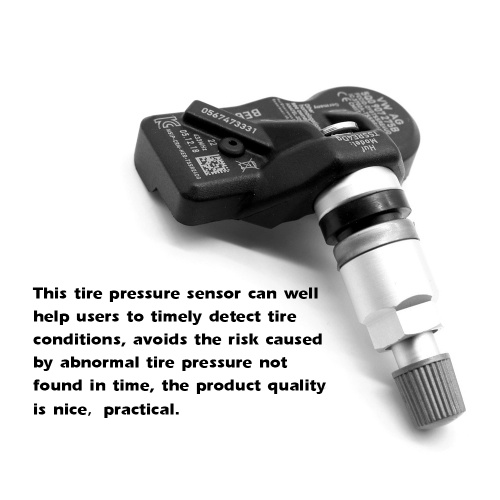
In the latter case, nothing terrible happens, but fuel consumption increases, and tire life decreases.
It is unrealistic to force all drivers to follow the main tire parameter. It is much more reliable to provide them with an indicator with the output of readings on the dashboard and an alarm about deviations from the nominal value. nine0003
But the task is technically difficult, and we had to wait a long time until the technology was able to allow us to develop and master in a large series relatively inexpensive devices for wide application.
There are several monitoring systems that differ in terms of measuring principles.
 According to the deviation from the norm, it is even possible to calculate the absolute value of pressure with a certain error, although it is unreliable and conditional. nine0008
According to the deviation from the norm, it is even possible to calculate the absolute value of pressure with a certain error, although it is unreliable and conditional. nine0008 The last option is the most common, sensors are installed on the wheels of expensive cars, as well as tuning in the budget segment.
Each transmits telemetry information via radio signal to a common unit. There it is decrypted, the device number and the pressure value are highlighted. The computer knows where which source is located, since when they were initialized, they were registered in the general structure of the car's controllers.
It remains to display information, light and sound warnings on the driver's dashboard or a separate monitor that deals specifically with pressure control. nine0003
The battery is part of the wheel sensor. Usually these are reliable and small-sized sources designed for 5 years or more. But if after this period the device began to fail and fail, it may be time to change the battery.
The operating conditions of the sensor in the wheel are such that it is difficult for it to survive until the power source is discharged.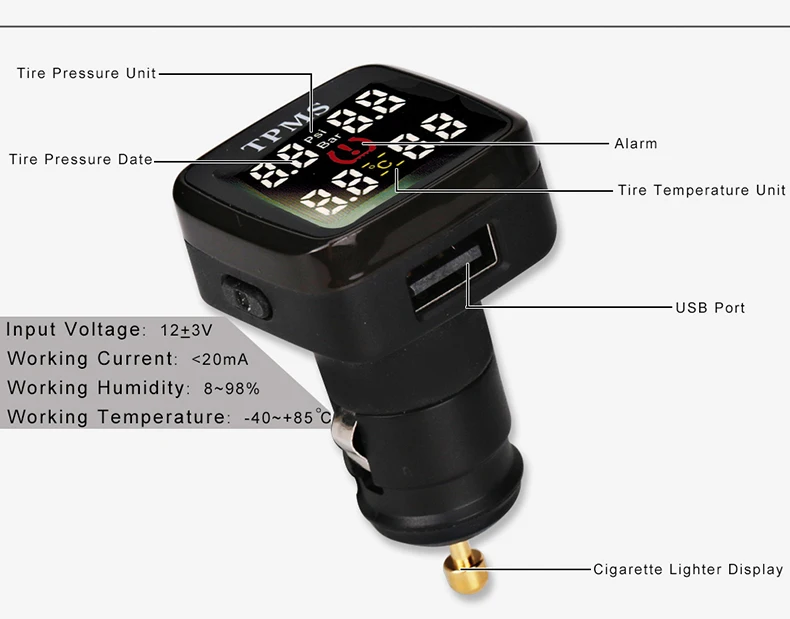 Overload shock and from fast rotation, vibration, temperature changes, water and dirt - all this will not quickly kill only the most reliable device from a serious manufacturer. Market analogues do not live for more than a year. nine0003
Overload shock and from fast rotation, vibration, temperature changes, water and dirt - all this will not quickly kill only the most reliable device from a serious manufacturer. Market analogues do not live for more than a year. nine0003
The fault signal can be different. Sometimes internal diagnostics is used with the ignition of a control lamp. In other cases, it is easy to notice the discrepancy between the monitor readings and the actual tire pressure. Details can be reported by a scanner connected via the diagnostic connector.
Kits of varying complexity are available for self-installation. They usually consist of sensors, a signal receiver and a monitor for visual reading. The preferred one is where the sensors are mounted inside the tire at the base of the wheel valve. Valves are included. These sensors are much harder to steal in a parking lot. nine0003
After installing the system according to the instructions, the sensors are registered in order to know which signal corresponds to which wheel. In the future, care must be taken when mounting tires, the sensors are easily damaged by the tools of the stand.
In the future, care must be taken when mounting tires, the sensors are easily damaged by the tools of the stand.
Setting up the system after mounting the sensors is reduced to their registration. For this, dealer or universal OBD scanners have a corresponding opportunity.
In the section of the program dedicated to the pressure control system, it is necessary to enter in a certain order the IDs of all four sensors that are directly on them. nine0003
Completely the system accepts the sensors after the test drive, it should take some time. After that, it remains only according to the readings of the scanner to verify the information from the sensors with the real pressure in the wheels, making sure that it works normally.
If not the whole system failed, but only indications from individual wheels are missing, then most likely the fault of the sensors.
There must be no external signs of impacts and other mechanical damage that affects devices placed both on the valve cap and under it. The valve itself is also part of the sensor, acting as a radiating antenna, so it must have a well-defined shape and spatial orientation relative to the disk.
The ability to measure the voltage of the built-in battery, as well as the likelihood of replacing it, depend on the design of the sensor. Non-separable change completely. In collapsible, the battery must hold at least 3 volts under load. If the reading of the connected multimeter in voltmeter mode is lower, the battery is replaced. nine0003
Sensor readings are read by OBD scanners via the diagnostic connector. Whether to enter the menu section dedicated to TPMS. It provides all the information that enters the control unit, these are pressure, temperature and sensor IDs. After that, it is easy to calculate the faulty one, make a replacement and registration.
It provides all the information that enters the control unit, these are pressure, temperature and sensor IDs. After that, it is easy to calculate the faulty one, make a replacement and registration.
When the tire pressure monitoring system (TPMS) light comes on on your car's dashboard, it usually means that the air pressure in one or more tires has dropped below the expected level. But, unfortunately, due to the peculiarities of the operation of this system, very often the low tire pressure icon lights up on the tidy by mistake.
First, if your car is equipped with a tire pressure monitoring system, it is important to remember that it does not relieve you of regularly checking tire pressure, as well as inspecting the condition of the rubber. Although turning on the TPMS light can be a great puncture warning (a tire pressure monitoring system cannot replace physical inspection of the wheels for damage), and also free you from checking tire pressure with a pressure gauge. nine0003
nine0003
If you have a car with TPMS, that means there is a wireless sensor in every tire. Each sensor transmits data to a computer, which in turn analyzes the data with reference values and, in the event of a data discrepancy for any wheel, turns on an icon on the tidy to warn the driver about low tire pressure. Moreover, the indicator can light up both with insufficient pressure in one or more wheels, and with its excessive value. nine0003
See also How to prolong the life of car tires: The most important tips
But why do we need this system, if quite often it misleads drivers? In fact, the appearance of a low tire pressure icon on the tidy is the best reason to stop the car, take the pump with a pressure gauge and check the tire pressure. The tire pressure monitoring system still most often transmits important information for the driver. In 75% of cases, the warning of the tire pressure monitoring system really indicates problems in the wheels.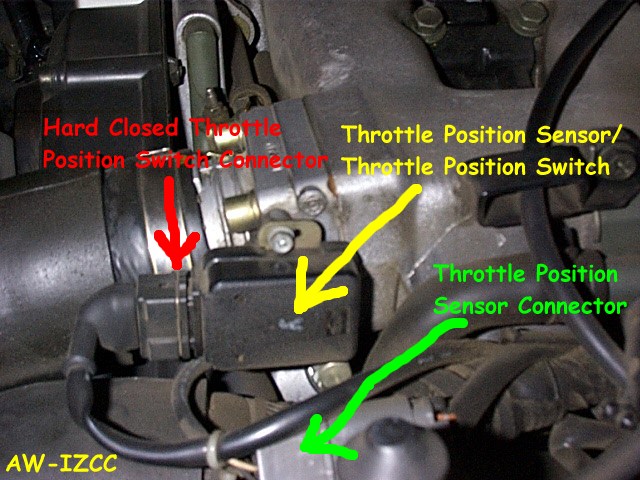 nine0003
nine0003
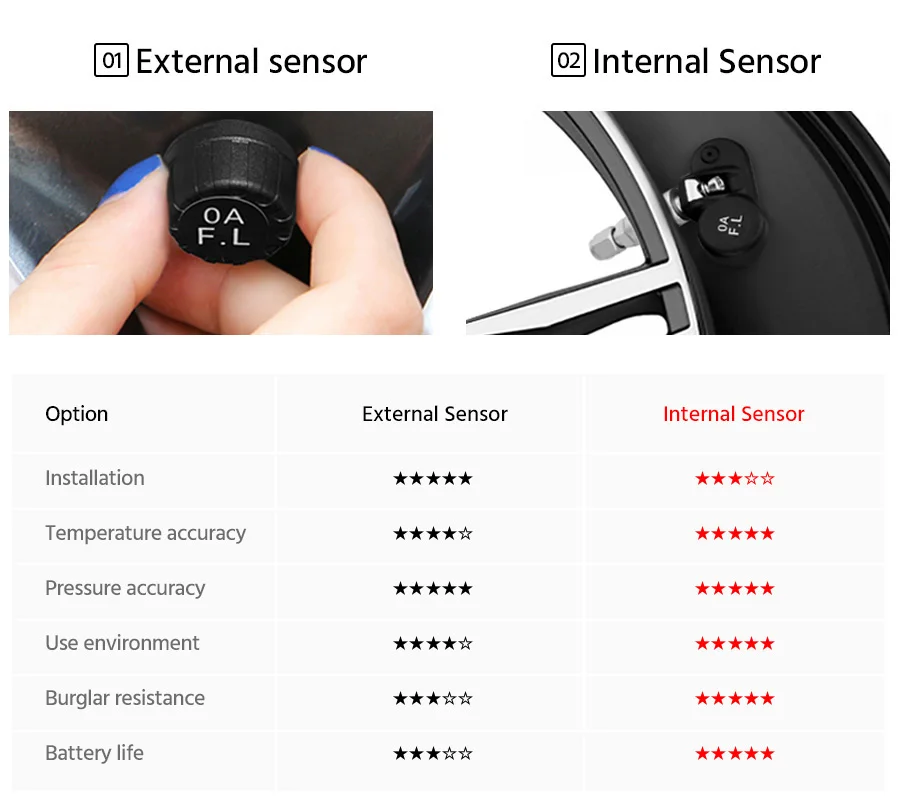 When the air is compressed due to cold weather or heats up, the tire pressure sensor is triggered.
When the air is compressed due to cold weather or heats up, the tire pressure sensor is triggered.  Also be sure to check the tire pressure with a pressure gauge.
Also be sure to check the tire pressure with a pressure gauge.
In most cases, your car's tires are filled with air that is identical to the air in the atmosphere. But sometimes tires are filled with nitrogen instead of air. However, the same rules of thermodynamics apply to nitrogen that apply to the mixture of nitrogen, carbon dioxide, and oxygen, as well as other elements that make up the air we breathe and that we typically fill car tires with.
According to the laws of physics, if the temperature of a gas decreases, the pressure also decreases. Since the tires in a car are more and less a closed system, this essentially means that when the temperature of the air in the tire goes down, the air pressure in the tire goes down as well. nine0003
nine0003
This is also true when the pressure rises due to an increase in temperature. As the gas expands as it heats up, it has nowhere to go because it is in the confined space of the tire, and the pressure increases as a result.
See also What is the correct tire pressure for various off-road conditions
The exact increase or decrease in tire pressure depends on a number of factors. But on average, it is believed that when the ambient temperature drops by 10 degrees Celsius, the tire loses about 0.07 bar and, conversely, when the temperature rises by 10 degrees, the tire pressure increases by about 0.07 bar. nine0003
Tire pressure problems are most common in winter. And this is logical, since in winter there are sharp temperature drops. This is especially true for the northern regions of the country, where the winter is very cold.
For example, if you inflated your car tires in August according to the factory specification, when the ambient temperature was 26 degrees, then with the onset of cold weather in late autumn, when the temperature outside dropped to -17 degrees, the pressure in the tires of your car will fall by about 0. 34 bar. nine0003
34 bar. nine0003
By the way, due to sudden changes in temperature at night and during the day in winter, the tire pressure monitoring system can start acting up. For example, if you get into your car early on a frosty morning and notice that the TPMS light comes on, but then goes off after a few hours, this indicates that tire pressure is changing due to temperature changes. In this case, we would advise not to change the tire pressure, as this is fraught with the fact that during the daytime the tire pressure will be excessive, which will lead to premature wear of the rubber tread. nine0003
Tire pressure may also change while the vehicle is in motion. The fact is that the friction of the tires causes them to heat up, which in turn causes the air inside the tires to heat up. This is one of the reasons automakers recommend inflating tires when they are cold rather than hot after the car has been driven.
Thus, there is a real possibility that the tire pressure monitoring system will warn you early in the morning about insufficient tire pressure, but after a while the car indicator will turn off on the tidy. nine0003
nine0003
If you check your tire pressure in the morning before you set off, you realize that the pressure is not low, but the tire pressure indicator on the tidy is on or flashing , most likely, in one of the wheels there is a malfunction of the pressure sensor. This error is not very common. But still, sometimes it happens. By the way, some fluids and dirt from the brake pads can accelerate the process of wear of tire pressure sensors. nine0003
On the other hand, if the tire pressure monitoring system warns you of low pressure when the tires are cold, inflating them while they are cold will save you unnecessary TPMS warnings in cold winter weather.
By the way, that is why it is recommended to check and adjust the tire pressure several times a year. Especially when the seasons change. For example, with the onset of the cold season, it is recommended to add tire pressure and, conversely, with the onset of spring, it is recommended to slightly reduce the pressure.